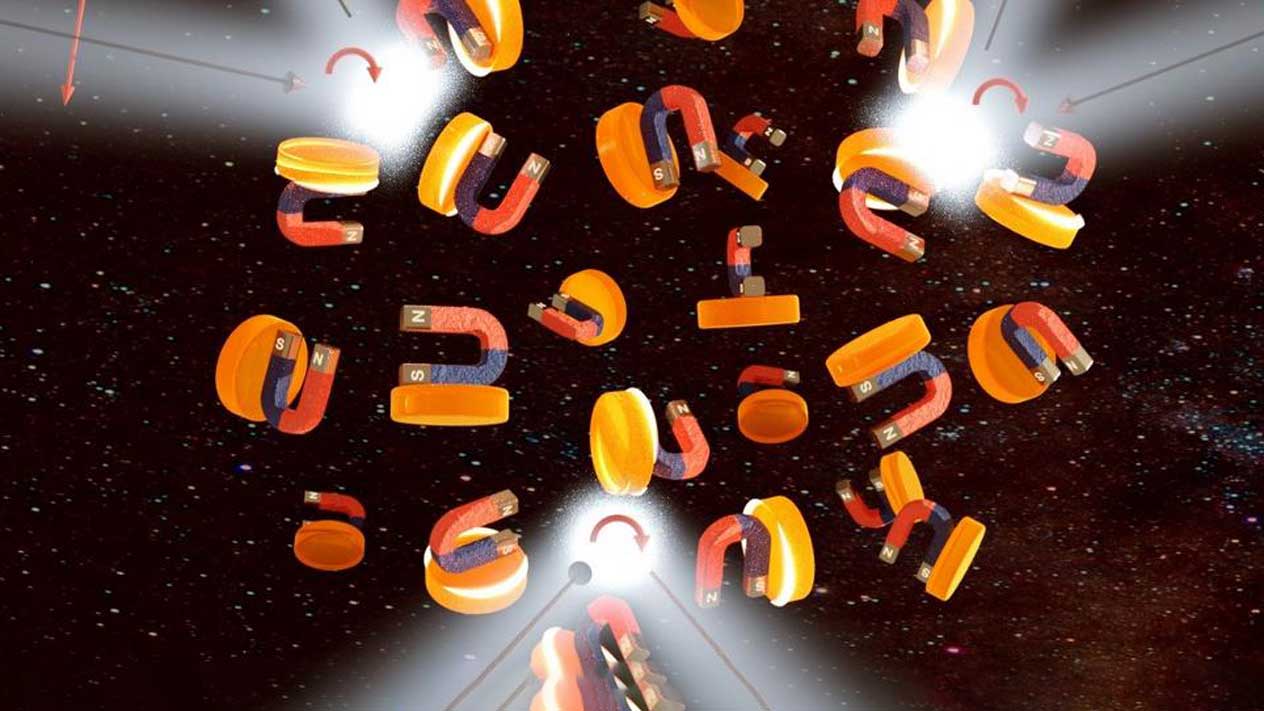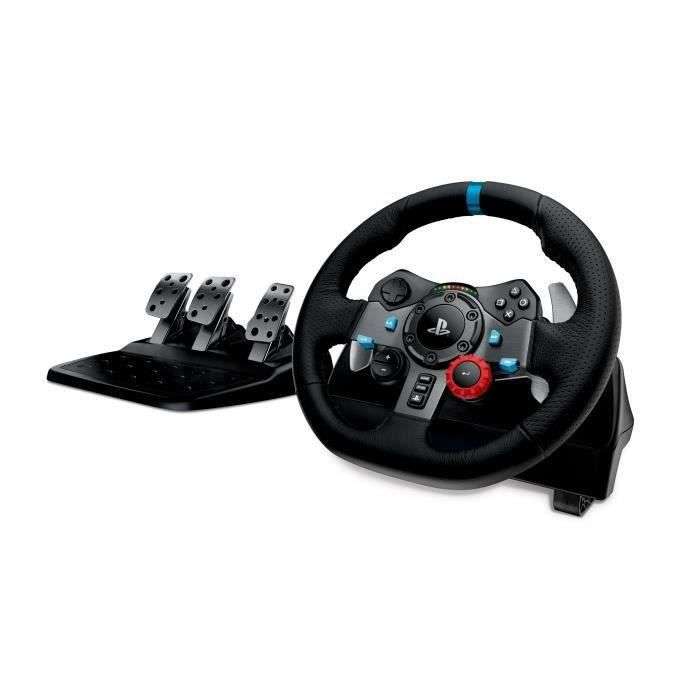A smartphone sensor, much like what is used in GPS systems, might be a way to determine whether or not someone is intoxicated after consuming marijuana, according to a new study by the Rutgers Institute for Health, Health Care Policy and Aging Research.
According to the study, published in Drug and Alcohol Dependence, which evaluated the feasibility of using smartphone sensor data to identify episodes of cannabis intoxication in the natural environment, a combination of time features (tracking the time of day and day of week) and smartphone sensor data had a 90 percent rate of accuracy.
“Using the sensors in a person’s phone, we might be able to detect when a person might be experiencing cannabis intoxication and deliver a brief intervention when and where it might have the most impact to reduce cannabis-related harm,” said corresponding author, Tammy Chung, professor of psychiatry and director of the Center for Population Behavioral Health at the Rutgers Institute for Health, Health Care Policy and Aging Research.
Cannabis intoxication has been associated with slowed response time, affecting performance at work or school or impairing driving behavior leading to injuries or fatalities. Existing detection measures, such as blood, urine or saliva tests, have limitations as indicators of cannabis intoxication and cannabis-related impairment in daily life.
The researchers analyzed daily data collected from young adults who reported cannabis use at least twice per week. They examined phone surveys, self-initiated reports of cannabis use, and continuous phone sensor data to determine the importance of time of day and day of week in detecting use and identified which phone sensors are most useful in detecting self-reported cannabis intoxication.
They found that time of day and day of week had 60 percent accuracy in detecting self-reporting of cannabis intoxication and the combination of time features and smartphone sensor data had 90 percent accuracy in detecting cannabis intoxication.
Travel patterns from GPS data — at times when they reported feeling high — and movement data from accelerometer that detects different motions, were the most important phone sensor features for detection of self-reported cannabis intoxication.
Researchers used low burden methods (tracking time of day and day of week and analyzing phone sensor data) to detect intoxication in daily life and found that the feasibility of using phone sensors to detect subjective intoxication from cannabis consumption is strong.
Future research should investigate the performance of the algorithm in classifying intoxicated versus not intoxicated reports in those who use cannabis less frequently. Researchers should study reports of intoxication using tools that law enforcement might use showing a stronger correlation with self-reported cannabis use.
Study authors include faculty from Stevens Institute of Technology, Stanford University, Carnegie Mellon University, University of Tokyo, Japan, and University of Washington, Seattle.
Story Source:
Materials provided by Rutgers University. Original written by Nicole Swenarton. Note: Content may be edited for style and length.
Note: This article have been indexed to our site. We do not claim legitimacy, ownership or copyright of any of the content above. To see the article at original source Click Here

.jpg)











